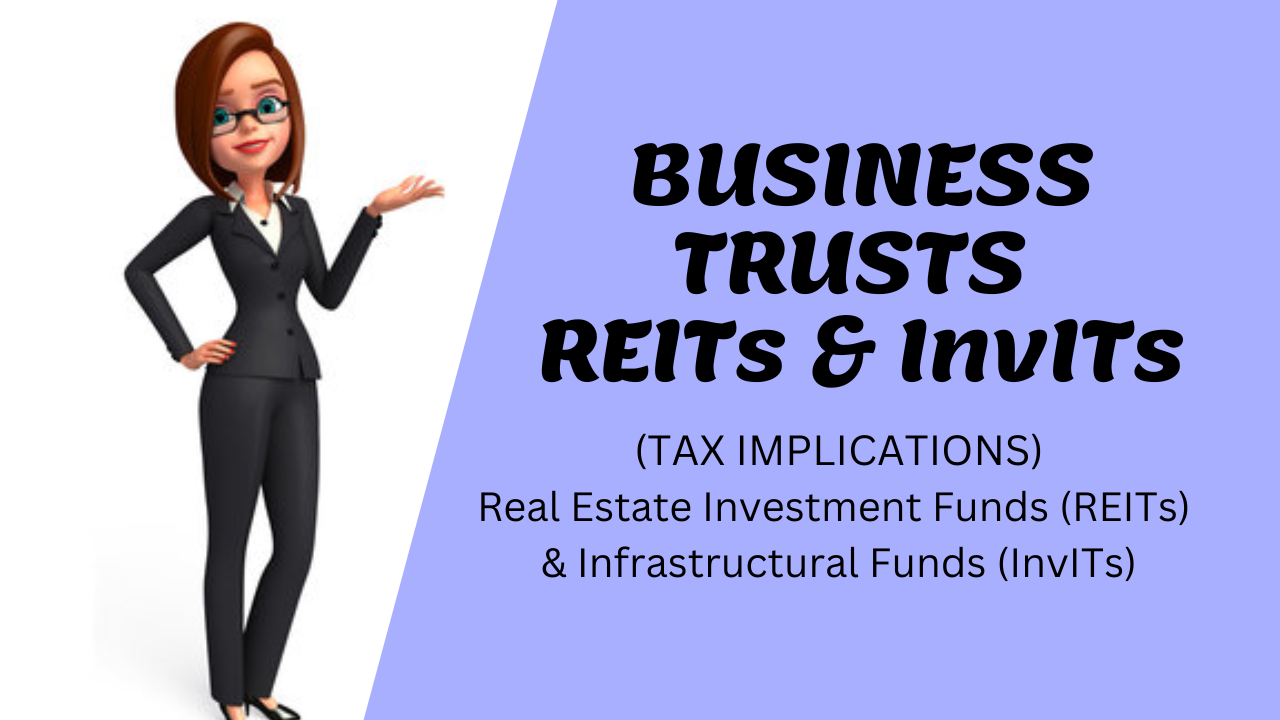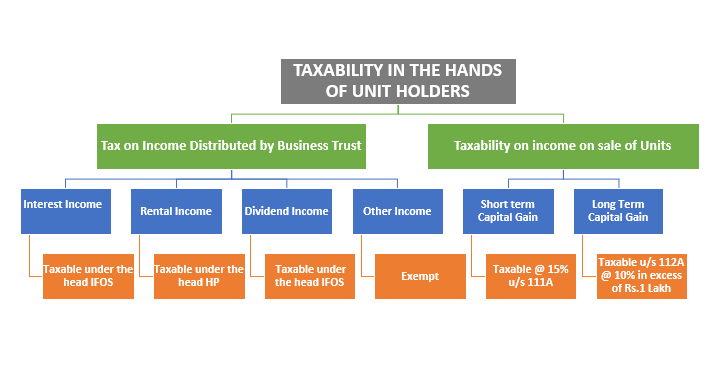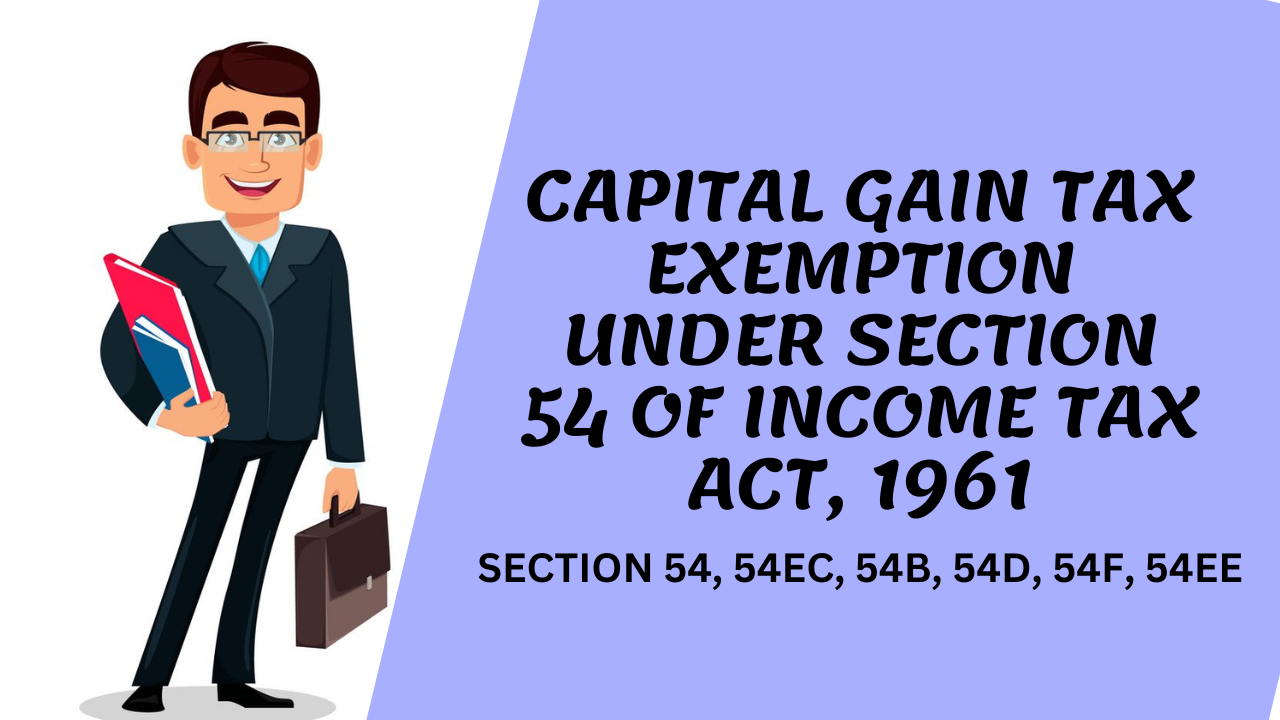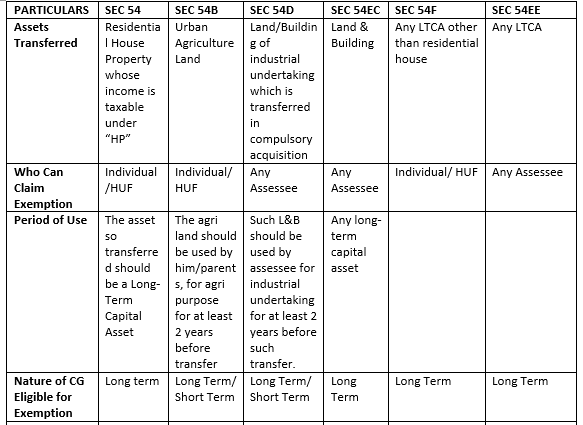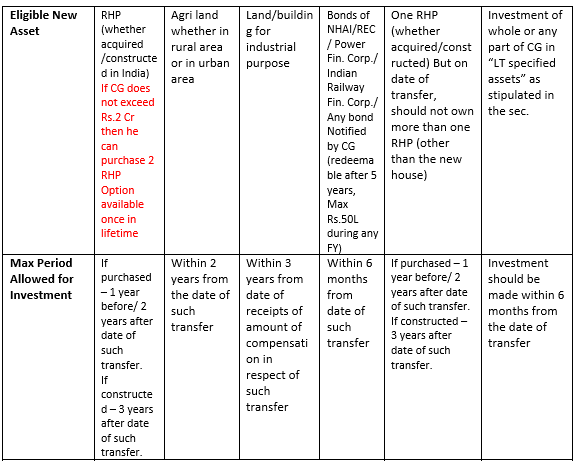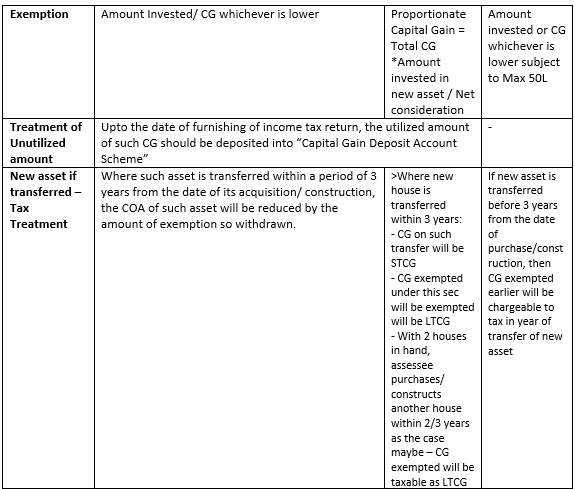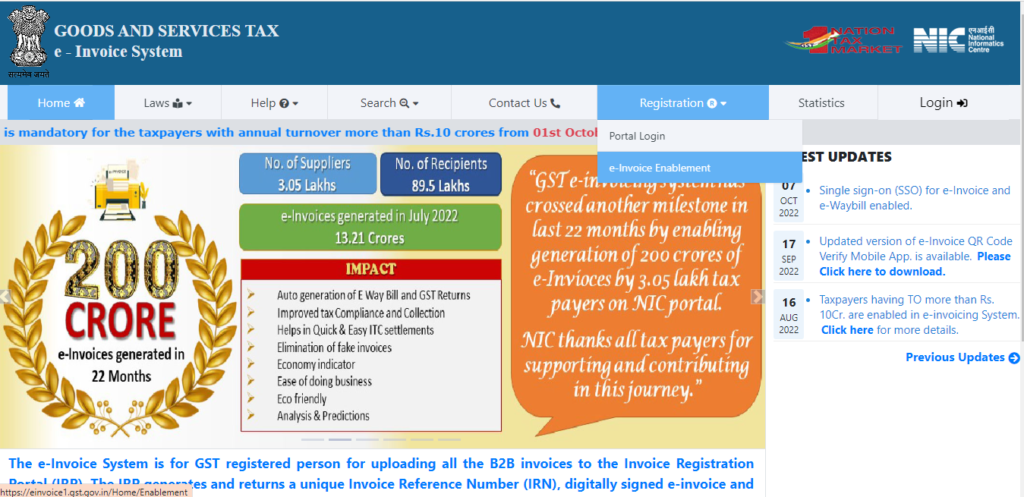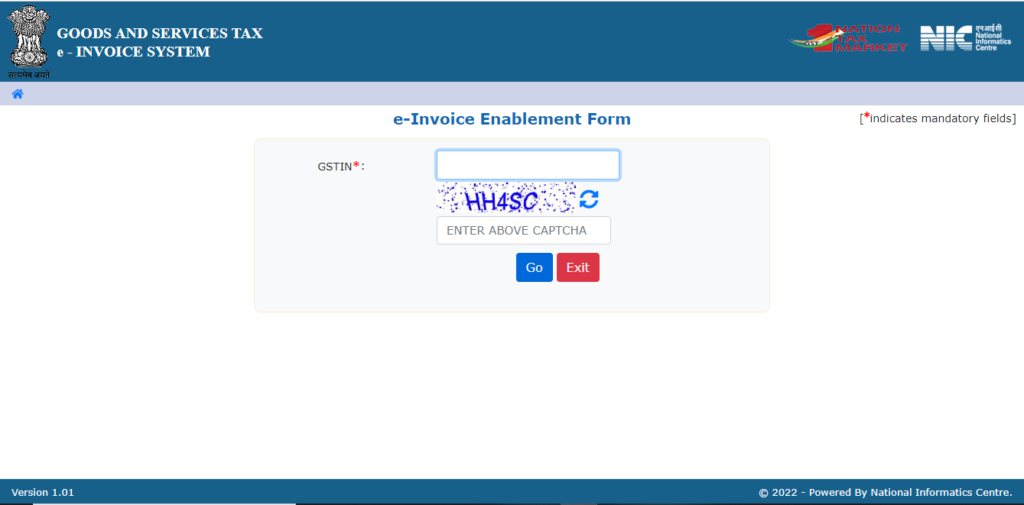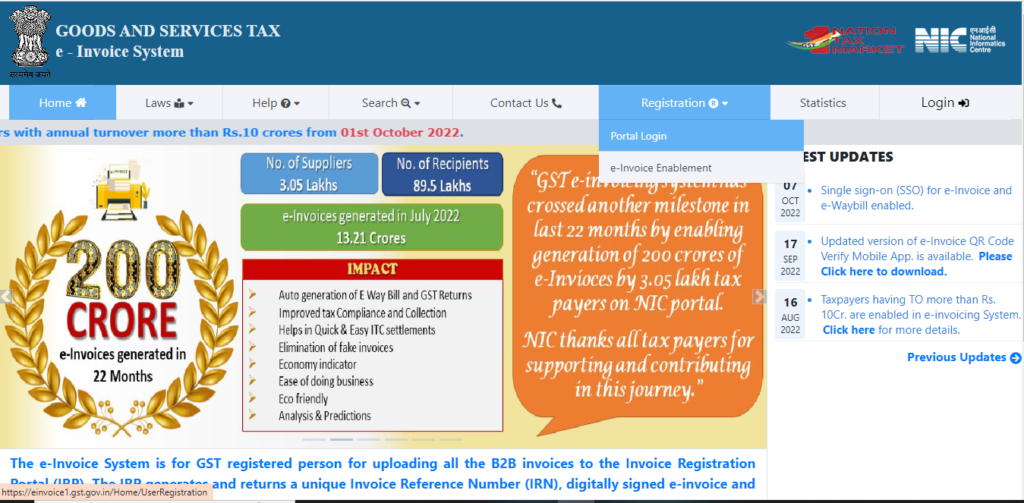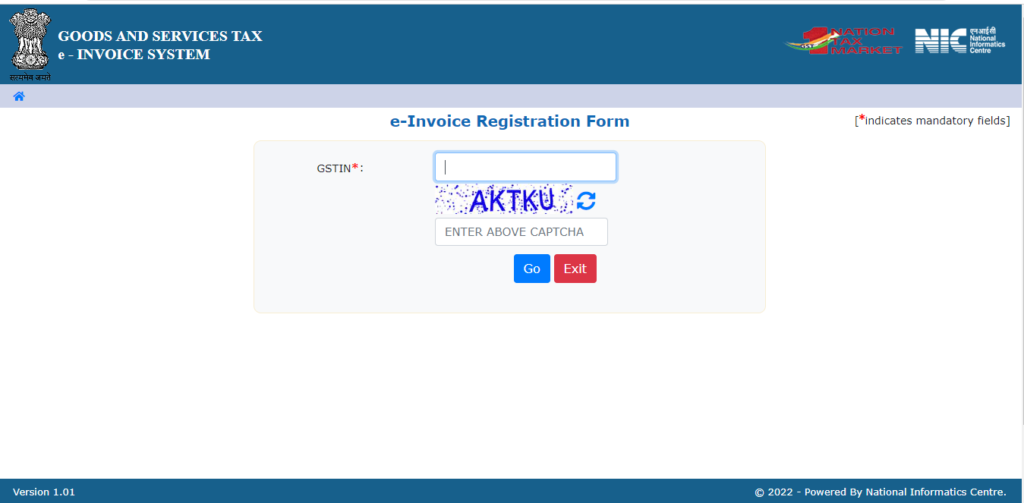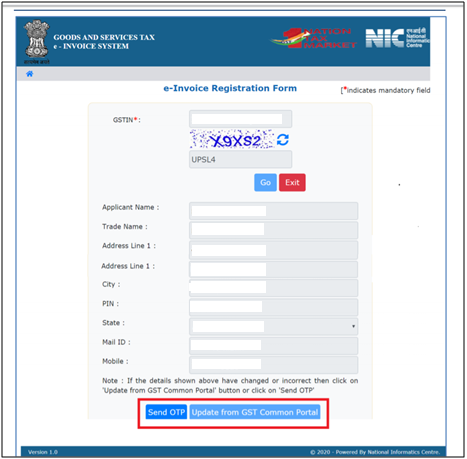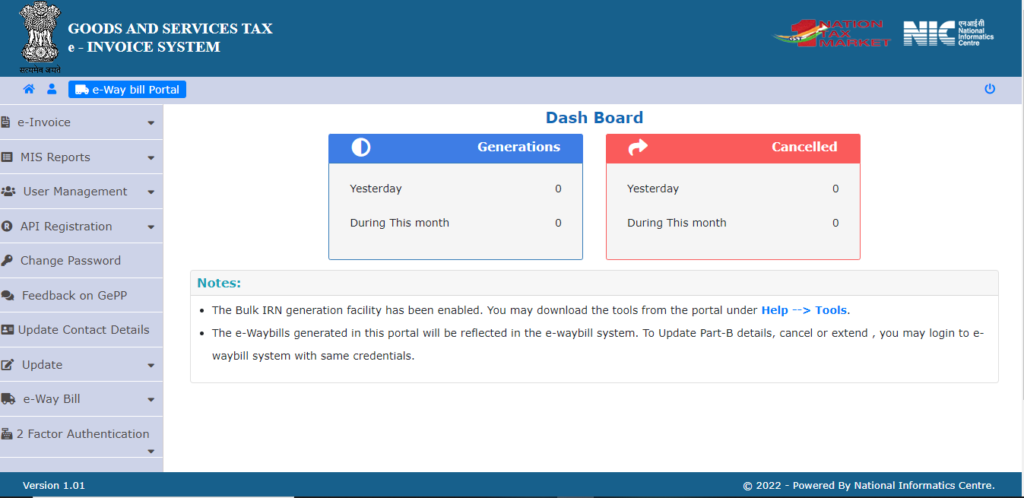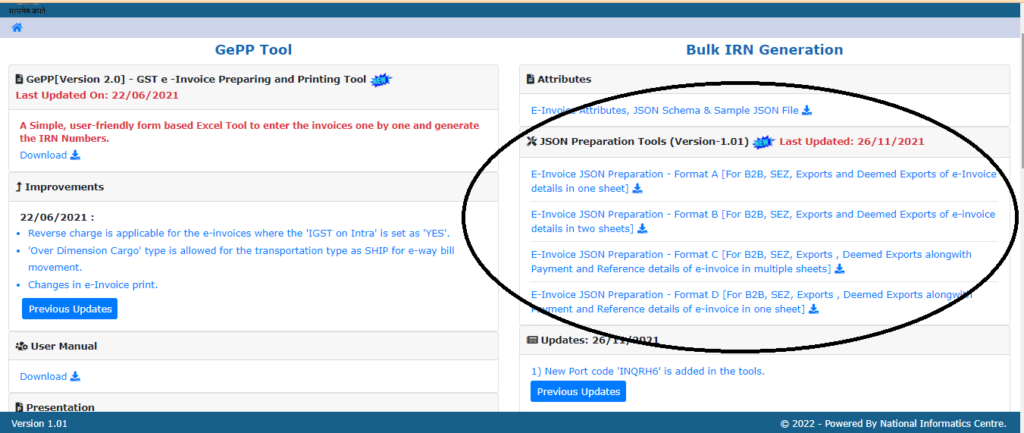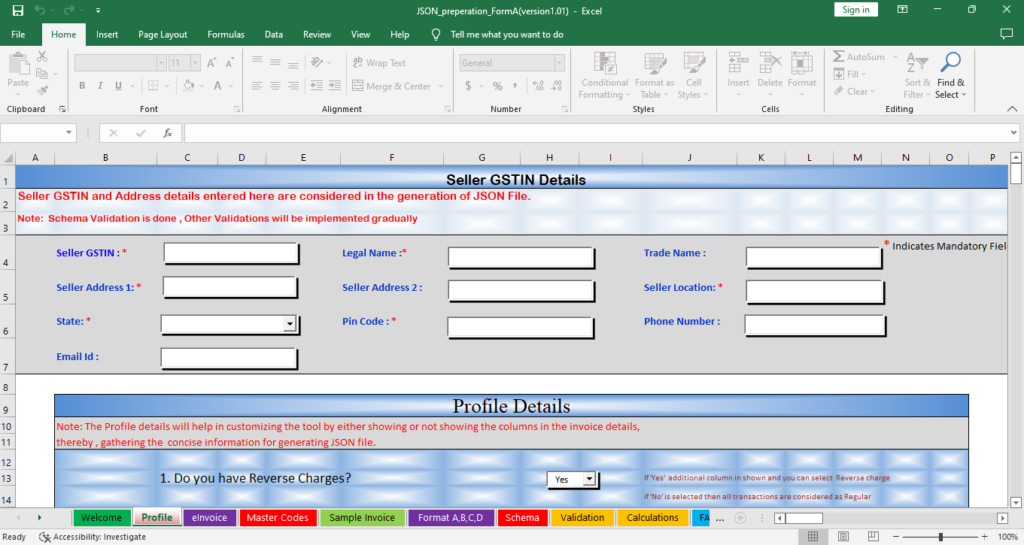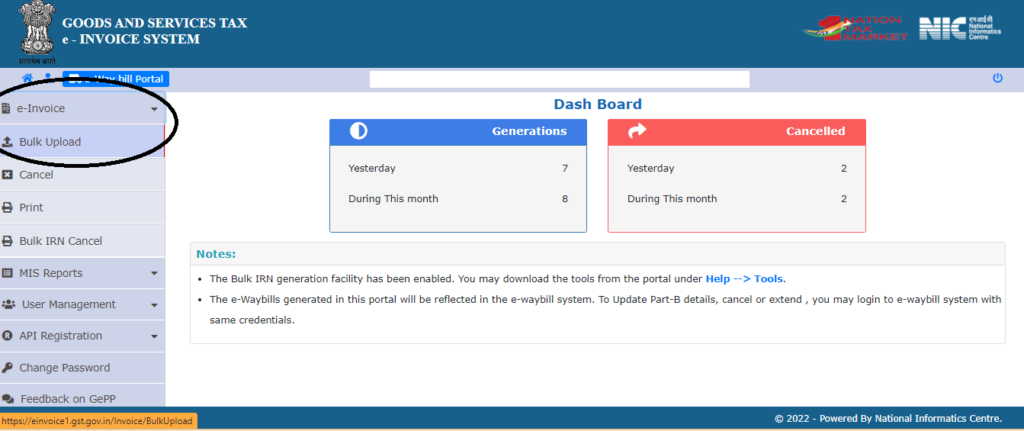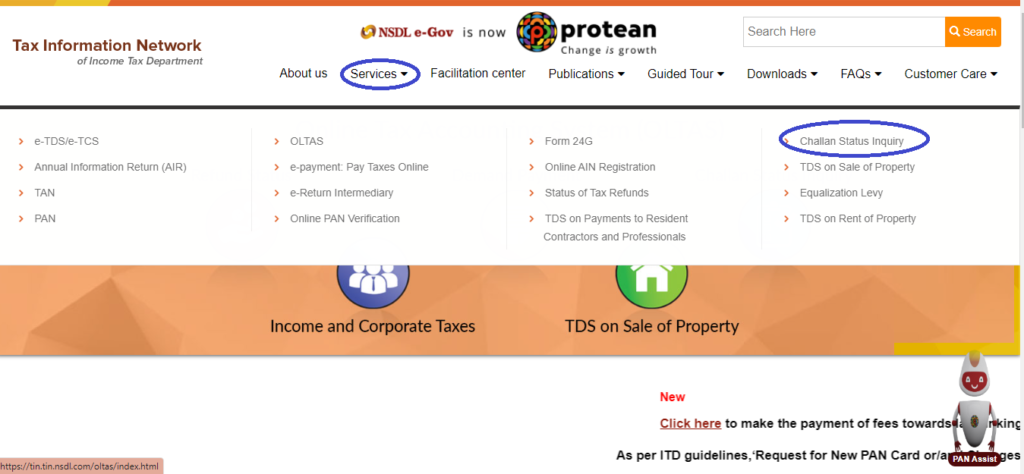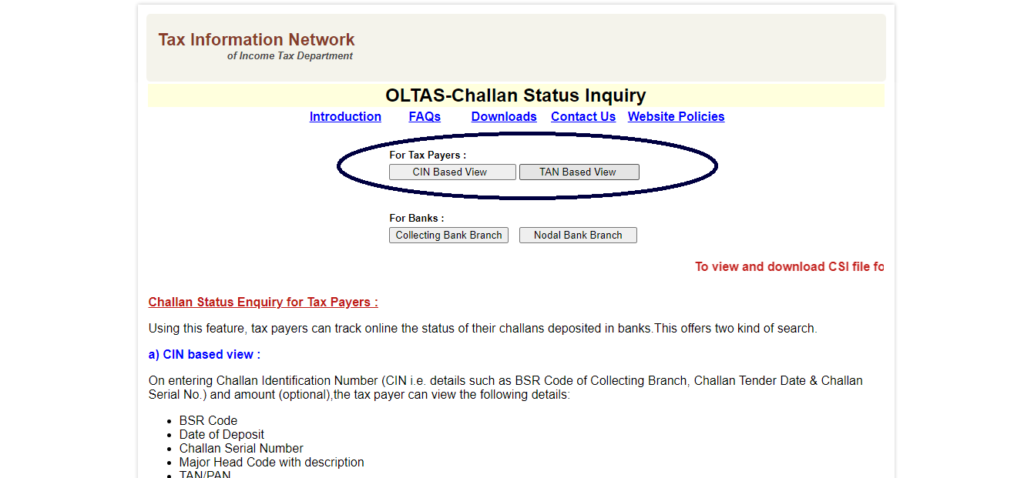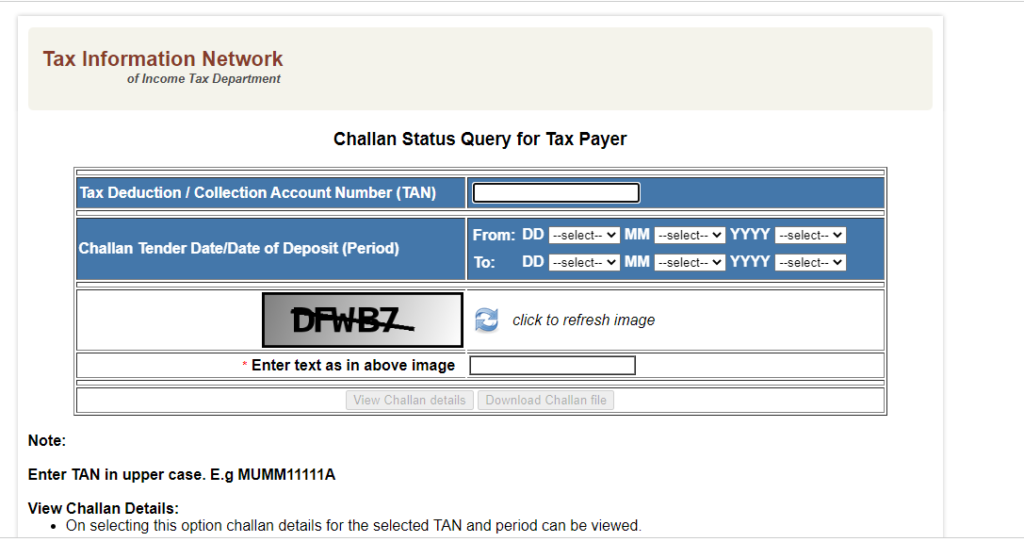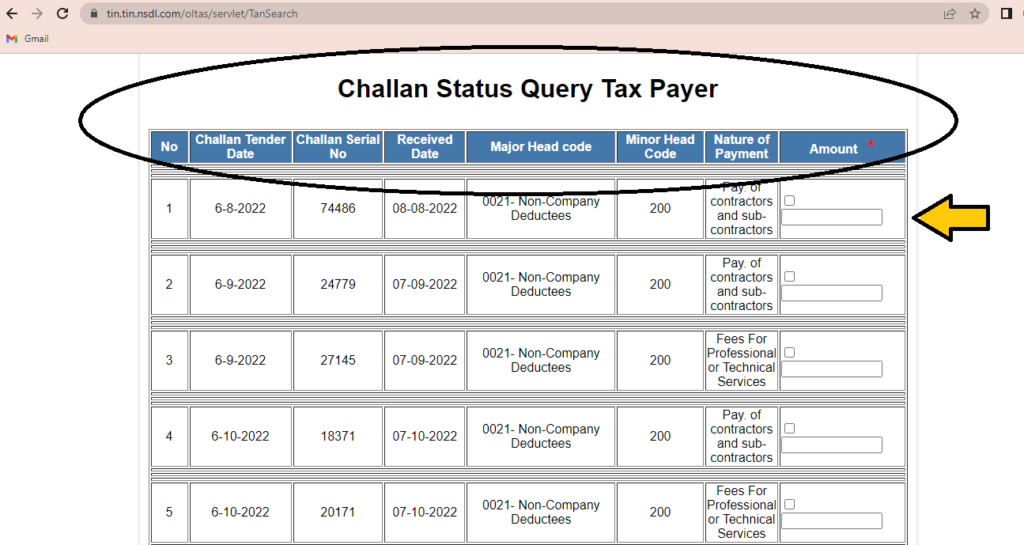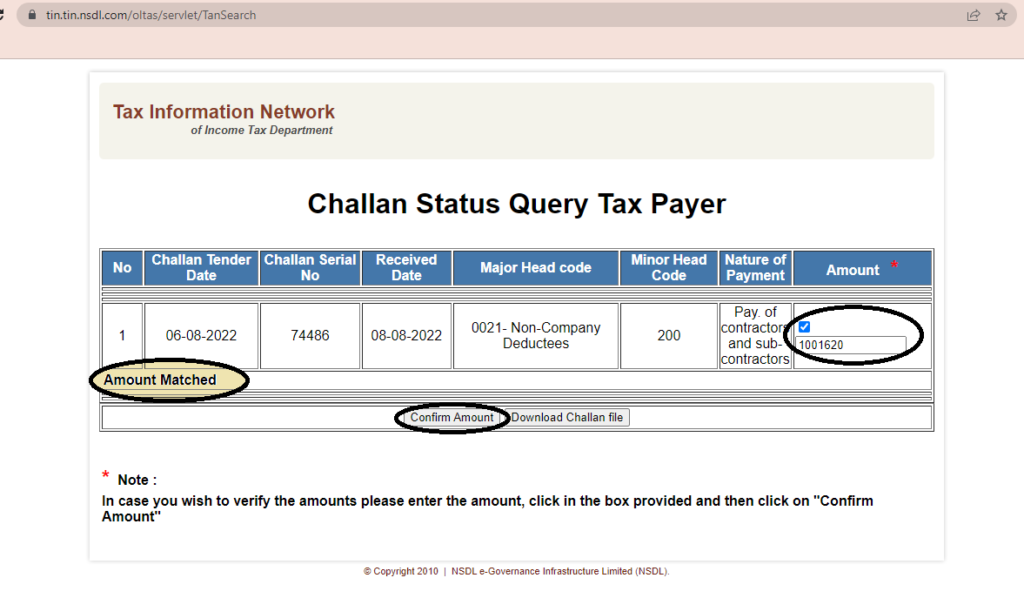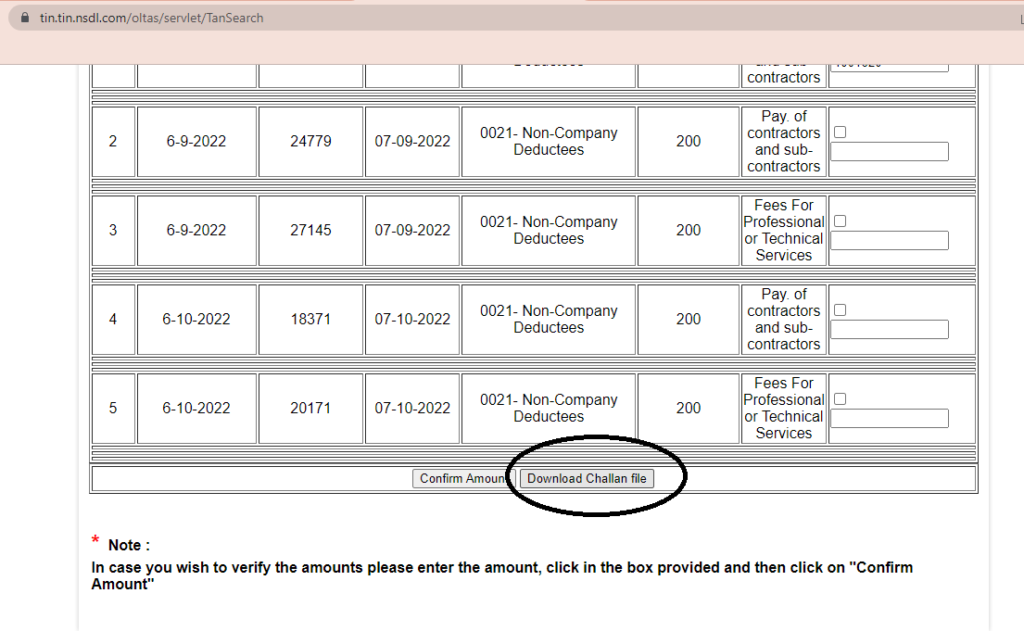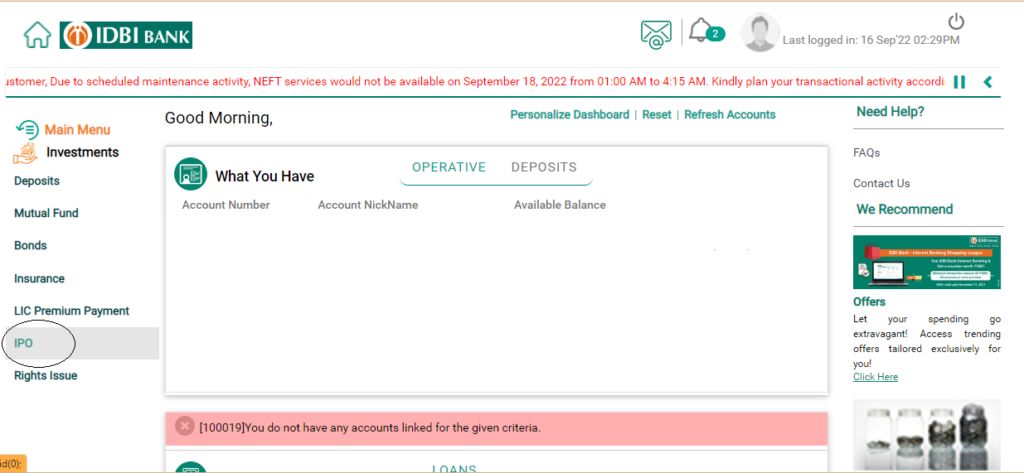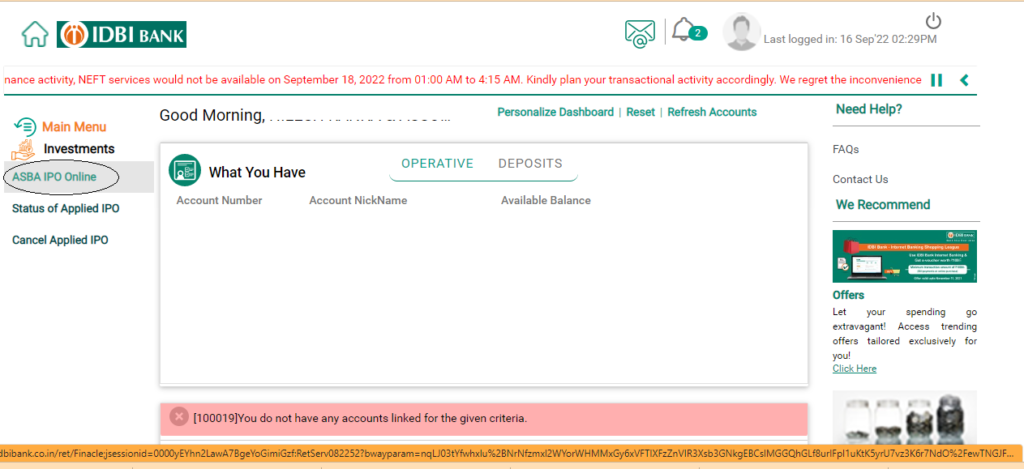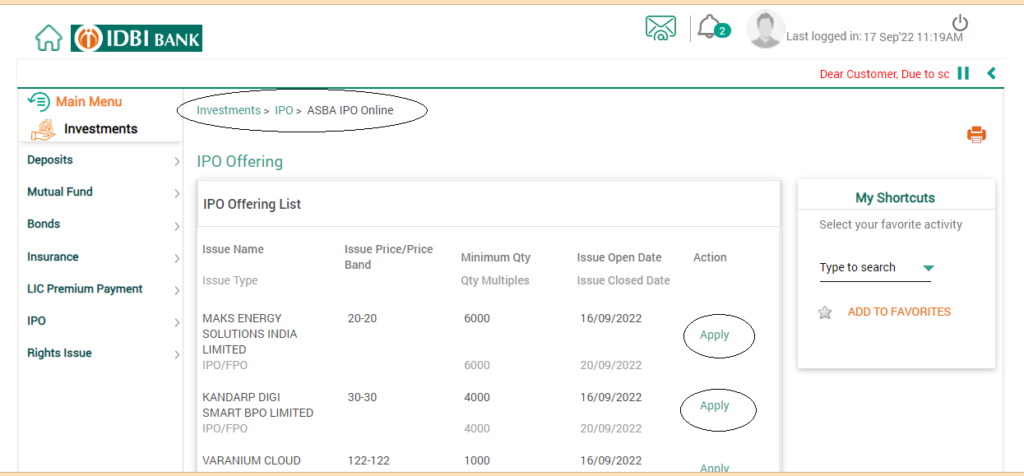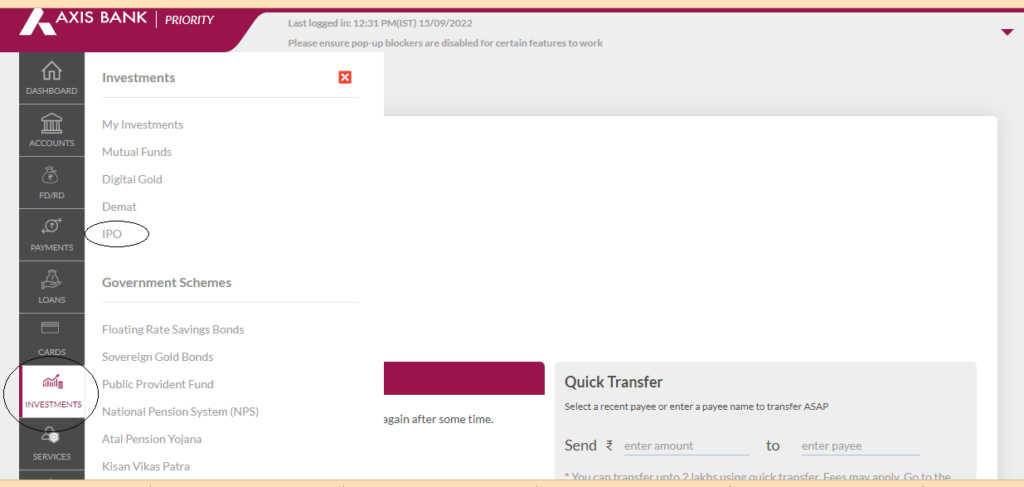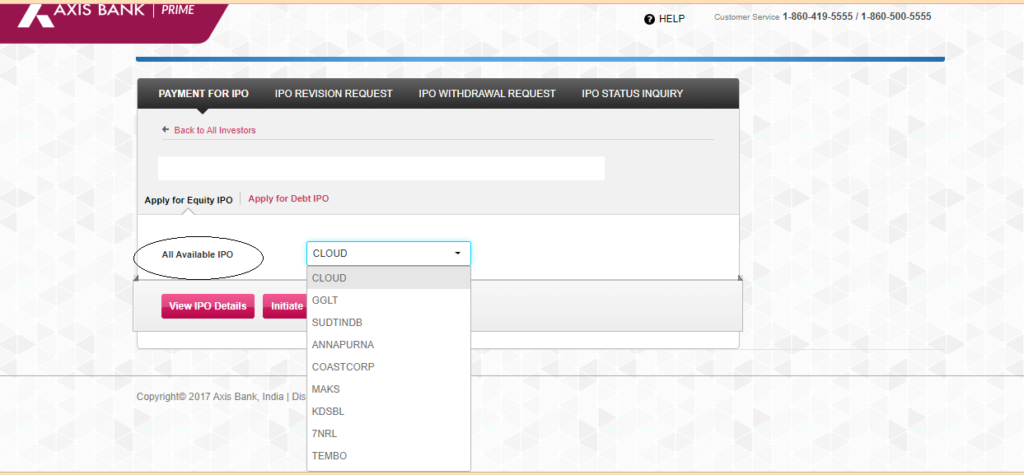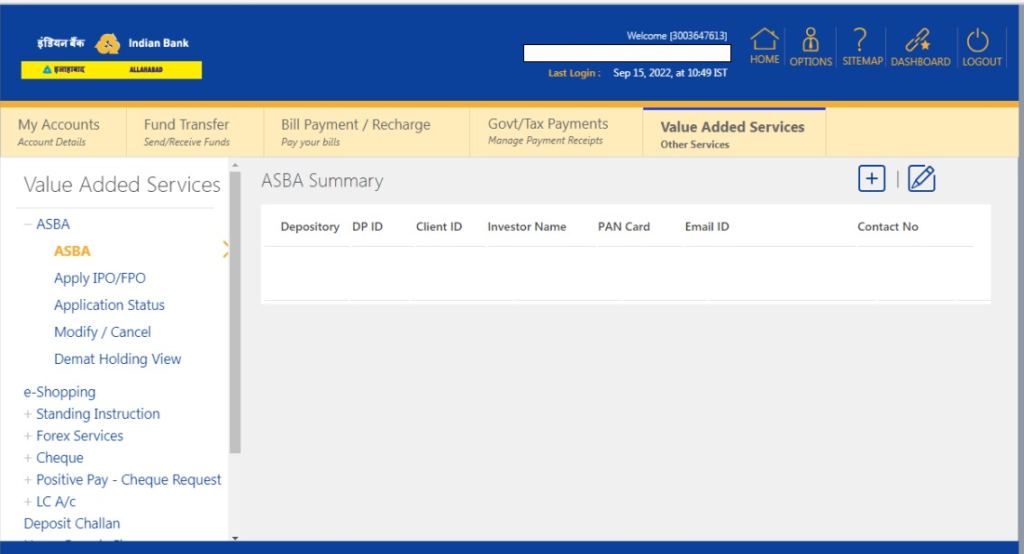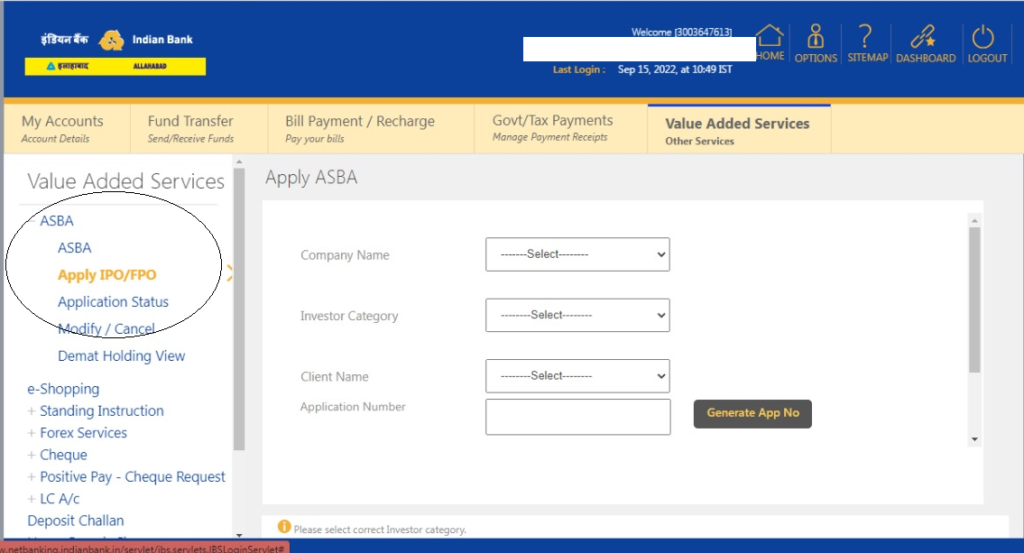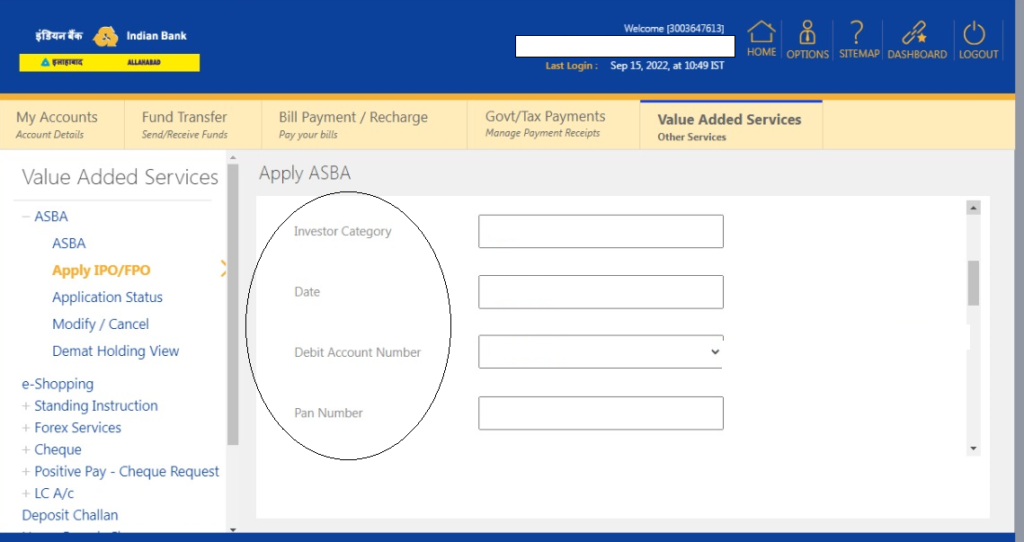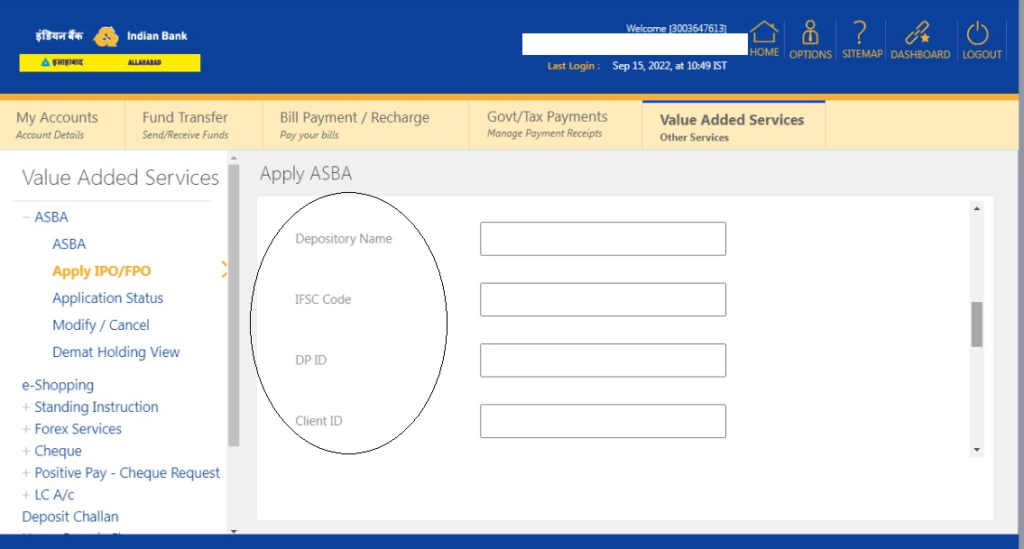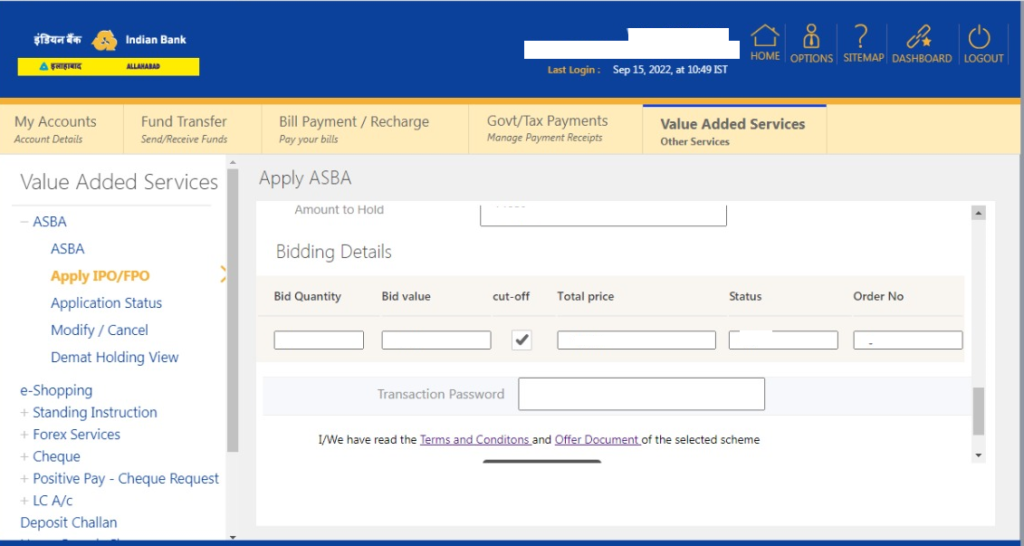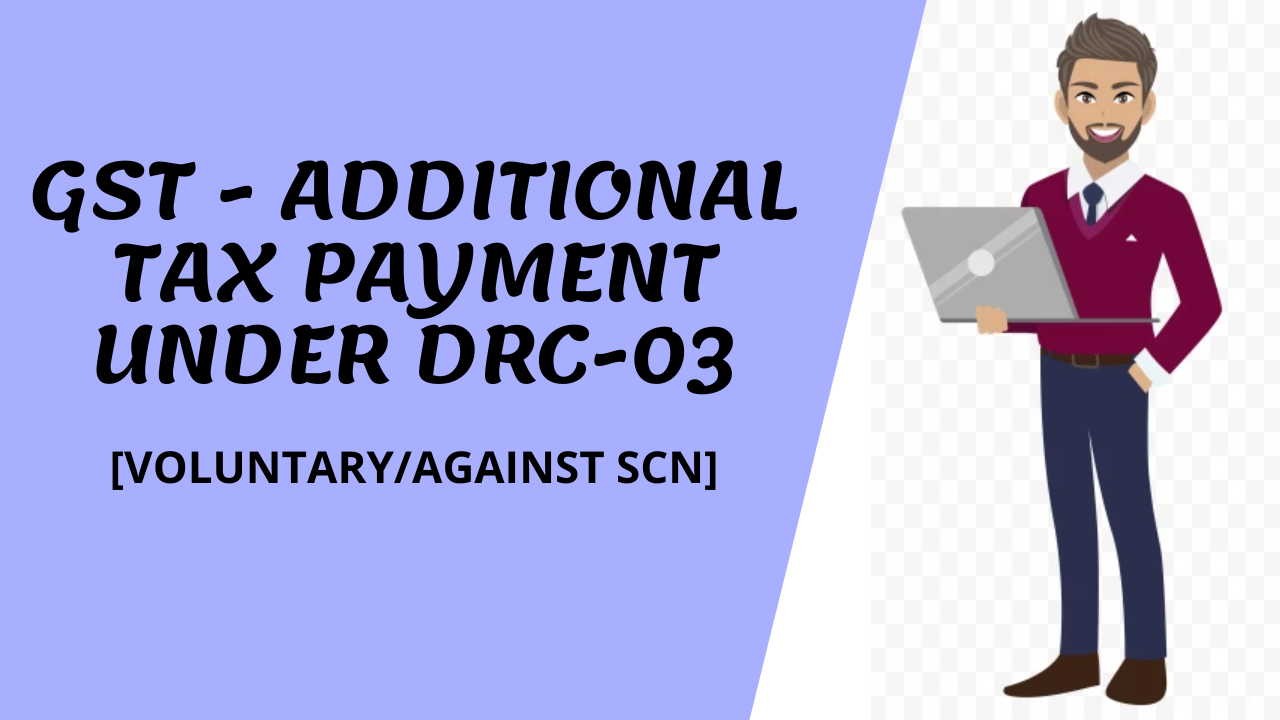The Central Sales Tax Act, 1956 defines “Turnover” as follows:
Under this Act, “turnover” used in relation to any dealer liable to tax means the aggregate of the sales price received and receivable by him in respect of sales of any goods in the course of inter-State trade or commerce made during any prescribed period and determined in accordance with the provisions of the Act and rules made there under.
Further, section 8A(1) of the said Act provides that in determining turnover, deduction of sales tax should be made from the aggregate of sales price.
According to Section 2(112) of the Central Goods and Services Act, the term ‘Turnover’ is defined as:
‘turnover in State’ or ‘turnover in Union territory’ means the aggregate value of all taxable supplies (excluding the value of inward supplies on which tax is payable by a person on reverse charge basis) and exempt supplies made within a State or Union territory by a taxable person, exports of goods or services or both and inter-State supplies of goods or services or both made from the State or Union territory by the said taxable person but excludes central tax, State tax, Union territory tax, integrated tax and cess.
Under Section 2(91) of the Companies Act, 2013, the term “Turnover” has been defined as:
“Turnover means gross amount of revenue recognized in the profit and loss account from the sale, supply, or distribution of goods or on account of services rendered, or both, by a company during a financial year;”
“The Guide to Company Audit” issued by ICAI in the year 1980, while discussing “sales”, stated as follows:
“Total turnover, that is, the aggregate amount for which sales are affected by the company, giving the amount of sales in respect of each class of goods dealt with by the company and indicating the quantities of such sales for each class separately.
- Here the term ‘turnover’ would mean the total sales after deducting therefrom goods returned, price adjustments, trade discount and cancellation of bills for the period of audit, if any.
- Adjustments which do not relate to turnover should not be made e.g., writing off bad debts, royalty etc.
- Where excise duty is included in turnover, the corresponding amount should be distinctly shown as a debit item in the profit and loss account.”
The Statement on the Companies (Auditors’ Report) Order, 2003 issued by the Institute in April 2004, while discussing the term ‘turnover’ in paragraph 23 states `as follows: The term, “turnover”, has not been defined by the Order. Part II of Schedule VI to the Act, however, defines the term “turnover” as the aggregate amount for which sales are affected by the company. It may be noted that the “sales affected” would include sale of goods as well as services rendered by the company. In an agency relationship, turnover is the amount of commission earned by the agent and not the aggregate amount for which sales are affected or services are rendered. The term “turnover” is a commercial term and it should be construed in accordance with the method of accounting regularly employed by the company.
The “Statement on the Amendments to Schedule VI to the Companies Act, 1956” issued by the Institute (Page 14, 1976 edition) (replaced with Guidance Note on Revised Schedule VI of the Companies Act, 1956) while discussing the disclosure requirements relating to `turnover’ stated as follows: –
The disclosure may well be determined by reference to the company’s invoicing and accounting policy and may thereby vary from company to company. For reasons of consistency as far as possible, a company should adhere to the same basic policy from year to year and if there is any change in the policy the effect of that change may need to be disclosed if it is material, so that a comparison of the turnover figures from year to year does not become misleading.”
Although, Schedule III of the Companies Act, 2013 has replaced the Revised Schedule VI of the Companies Act, 1956 in the year 2014, guidance given herein above with respect to meaning of the term “turnover” is still relevant.
The term ‘turnover’ for the purposes of this clause may be interpreted to mean the aggregate amount for which sales are affected or services rendered by an enterprise.
- If GST or any other tax is included in the sale price, no adjustment in respect thereof should be made for considering the quantum of turnover.
- Trade discounts can be deducted from sales but not the commission allowed to third parties.
- If, however, GST or any other indirect tax recovered are credited separately to GST or other tax account (being separate accounts) and payments to the authority are debited in the same account, they would not be included in the turnover.
- However, sales of scrap shown separately under the heading ‘miscellaneous income’ will have to be included in turnover.
Considering that the words “Sales”, “Turnover” and “Gross receipts” are commercial terms, they should be construed in accordance with the method of accounting regularly employed by the assessee.
Section 145(1) of the Income Tax Act 1995 provides that income chargeable under the head “Profits and gains of business or profession” or “Income from other sources” should be computed in accordance with either cash or mercantile system of accounting regularly employed by the assessee. The method of accounting followed by the assessee is also relevant for the determination of sales, turnover or gross receipts in the light of the above discussion.
Applying the above generally accepted accounting principles, a few typical cases may be considered:
- Cash discount otherwise than that allowed in a cash memo/sales invoice is in the nature of a financing charge and is not related to turnover. The same should not be deducted from the figure of turnover.
- Discount allowed in the sales invoice will reduce the sale price and, therefore, the same can be deducted from the turnover.
- Turnover discount is normally allowed to a customer if the sales made to him exceed a particular quantity. This being dependent on the turnover, as per trade practice, it is in the nature of trade discount and should be deducted from the figure of turnover even if the same is allowed at periodical intervals by separate credit notes.
- Special rebate allowed to a customer can be deducted from the sales if it is in the nature of trade discount. If it is in the nature of commission on sales, the same cannot be deducted from the figure of turnover.
- Price of goods returned should be deducted from the figure of turnover even if the returns are from the sales made in the earlier year/s.
- Sale proceeds of fixed assets would not form part of turnover since these are not held for resale.
- Sale proceeds of property held as investment property will not form part of turnover.
- Sale proceeds of any shares, securities, debentures, etc., held as investment will not form part of turnover. However, if the shares, securities, debentures etc., are held as stock-in-trade, the sale proceeds thereof will form part of turnover.
The turnover or gross receipts in respect of transactions in shares, securities and derivatives may be determined in the following manner:
(a) Speculative transaction: A speculative transaction means a transaction in which a contract for the purchase or sale of any commodity, including stocks and shares, is periodically or ultimately settled otherwise than by the actual delivery or transfer of the commodity or scrips. Thus, in a speculative transaction, the contract for sale or purchase which is entered into is not completed by giving or receiving delivery so as to result in the sale as per value of contract note. The contract is settled otherwise and squared up by paying out the difference which may be positive or negative. As such, in such transaction the difference amount is ‘turnover’. In the case of an assessee undertaking speculative transactions there can be both positive and negative differences arising by settlement of various such contracts during the year. Each transaction resulting into whether a positive or negative difference is an independent transaction. Further, amount paid on account of negative difference paid is not related to the amount received on account of positive difference. In such transactions though the contract notes are issued for full value of the purchased or sold asset, the entries in the books of account are made only for the differences. Accordingly, the aggregate of both positive and negative differences is to be considered as the turnover of such transactions for determining the liability to audit vide section 44AB.
(b) Derivatives, futures and options: Such transactions are completed without actual delivery of shares or securities or commodities etc. These are squared up by receipts/payments of differences. The contract notes are issued for the full value of the underlined shares or securities or commodities etc. purchased or sold but entries in the books of account are made only for the differences. The transactions may be squared up any time on or before the striking date. The buyer of the option pays the premia. The turnover in such types of transactions is to be determined as follows:
- The total of favorable and unfavorable differences shall be taken as turnover.
- Premium received on sale of options is also to be included in turnover. However, where the premium received is included for determining net profit for transactions, the same should not be separately included.
- In respect of any reverse trades entered, the difference thereon, should also form part of the turnover.
(c) Delivery based transactions: Where the transaction for the purchase or sale of any commodity including stocks and shares is delivery based whether intended or by default, the total value of the sales is to be considered as turnover.
Further, an issue may arise whether such transactions of purchase or sale of stocks and shares undertaken by the assessee are in the course of business or as investment. The answer to this issue will depend on the facts and circumstances of each case taking into consideration the nature of the transaction, frequency and volume of transactions etc.
In case such transactions are for the purposes of investment and income/loss arising therefrom is to be computed under the head ‘Capital Gains’, then the value of such transaction is not to be included in sales or turnover for deciding the applicability of audit under section 44AB.
However, in case such transactions are in the course of business, then the total of such sales is to be included in the sale, turnover or gross receipts as the case may be, of the assessee for determining the applicability of audit under section 44AB.
The term “gross receipts” is also not defined in the Act. It will include all receipts whether in cash or in kind arising from carrying on of the business which will normally be assessable as business income under the Act. Broadly speaking, the following items of income and/or receipts would be covered by the term “gross receipts in business”:
- Cash assistance (by whatever name called) received or receivable by any person against exports under any scheme of the Government of India;
- Any indirect tax re-paid or repayable as drawback to any person against exports under the Customs and Central Excise Duties and Service Tax Drawback Rules, 1995;
- The aggregate of gross income by way of interest received by the money lender;
- Commission, brokerage, service and other incidental charges received in the business of chit funds;
- Reimbursement of expenses incurred (e.g., packing, forwarding, freight, insurance, travelling etc.) and if the same is credited to a separate account in the books, only the net surplus on this account should be added to the turnover for the purposes of Section 44AB;
- The net exchange rate difference on export sales during the year on the basis of the principle explained in (v) above will have to be added;
- Hire charges of cold storage;
- Liquidated damages;
- Insurance claims – except for fixed assets;
- Sale proceeds of scrap, wastage etc. unless treated as part of sale or turnover, whether or not credited to miscellaneous income account;
- Gross receipts including lease rent in the business of operating lease;
- Finance income to reimburse and reward the lessor for his investment and services;
- Hire charges and instalments received in the course of hire purchase;
- Advance received and forfeited from customers.
- The value of any benefit or perquisite, whether convertible into money or not, arising from business or the exercise of a profession.
The following items would not form part of “gross receipts in business” for purposes of section 44AB:
- Sale proceeds of fixed assets including advance forfeited, if any;
- Sale proceeds of assets held as investments;
- Rental income unless the same is assessable as business income;
- Dividends on shares except in the case of an assessee dealing in shares;
- Income by way of interest unless assessable as business income;
- Reimbursement of customs duty and other charges collected by a clearing agent;
- In the case of a recruiting agent, the advertisement charges received by him by way of reimbursement of expenses incurred by him;
- In the case of a travelling agent, the amount received from the clients for payment to the airlines, railways etc. where such amounts are received by way of reimbursement of expenses incurred on behalf of the client. If, however, the travel agent is conducting a package tour and charges a consolidated sum for transportation, boarding and lodging and other facilities, then the amount received from the members of group tour should form part of gross receipts;
- In the case of an advertising agent, the amount of advertising charges recovered by him from his clients provided these are by way of reimbursement. But if the advertising agent books the advertisement space in bulk and recovers the charges from different clients, the amount received by him from the clients will not be the same as the charges paid by him and in such a case the amount recovered by him will form part of his gross receipts;
- Share of profit of a partner of a firm in the total income of the firm excluded from his total income under section 10(2A) of the Income-tax Act;
- Interest, remuneration received by Partner from partnership firm.
- Write back of amounts payable to creditors and/or provisions for expenses or taxes no longer required.
Thus, the principle to be applied is that if the assessee is merely reimbursed for certain expenses incurred, the same will not form part of his gross receipts. But in the case of charges recovered, which are not by way of reimbursement of the actual expenses incurred, they will form part of his gross receipts.
In case of profession, the expression “gross receipts” in profession would include all receipts arising from carrying on of the profession. A question may, however, arise as to whether the out-of-pocket expenses received by him should form part of his gross receipts for purposes of this section.
Normally, in the case of solicitors, advocates or chartered accountants, such out of pocket expenses received in advance are credited in a separate client’s account and utilized for making payments for stamp duties, registration fees, counsel’s fees, travelling expenses etc. on behalf of the clients. These amounts, if collected separately either in advance or otherwise, should not form part of the “gross receipts”.
If, however, such out of pocket expenses are not specifically collected but are included/collected by way of a consolidated fee, the whole of the amount so collected shall form part of gross receipts and no adjustment should be made in respect of actual expenses paid by the professional person for and/or on behalf of his clients out of the gross fees so collected. However, the amount received by way of advance for which services are yet to be rendered will not form part of the receipts, as such advances are the liabilities of the assessee and cannot be treated as his receipts till the services are rendered.
It may be noted that in cases where the assessee carries on more than one business activity, the results of all business activities should be clubbed together. In other words, the aggregate sales, turnover and/or gross receipts of all businesses carried on by an assessee would be taken into consideration in determining whether the prescribed limit (Presently Rs. 1 crore & Rs 10 crore for certain specified cases) as laid down in section 44AB has been exceeded or not. However, where the business is covered by section 44B or 44BBA, turnover of such business shall be excluded. Similarly, where the business or profession is covered by section 44AD or 44ADA or 44AE and the assessee opts to be assessed under the respective sections on presumptive basis, the turnover thereof shall be excluded. So far as a partnership firm is concerned, each firm is an independent assessee for purposes of Income-tax Act. Therefore, the figures of sales of each firm will have to be considered separately for purposes of determining whether or not the accounts of such firm are required to be audited for purposes of section 44AB.
It must also be understood that the issue whether the turnover exceeds the prescribed limit (Presently Rs.1 crore & Rs 10 crore for certain specified cases) in the case of business or the gross receipts exceed the prescribed limit (Presently Rs. 50 lakhs) in the case of profession is to be determined in each year independent of the results obtained in the preceding year or years. Further, this section applies only if the turnover exceeds the prescribed limit according to the accounts maintained by the assessee.
If the Assessing Officer wants the assessee to get his accounts audited in cases where the figures of turnover as appearing in the books of account of the assessee do not exceed the prescribed limits, he has an option to pass an order under section 142(2A) directing the assessee to get his accounts audited from a chartered accountant as may be nominated by the Principal Chief Commissioner or Chief Commissioner or Principal Commissioner or Commissioner.
Under section 28(v), any interest, salary, bonus, commission or remuneration, by whatever name called, due to or received by, a partner of a firm from such firm shall be chargeable under the head profits and gains of business and profession. However, partner does not do any business independently but firm was carrying on business in which assessee is only a partner, therefore, remuneration received by assessee from partnership firm cannot be treated as gross receipt/turnover.
FAQs
- Whether the sales by a commission agent or by a person on consignment basis forms part of the turnover of the commission agent and/or consignee as the case may be?
In such cases, it will be necessary to find out, whether the property in the goods or all significant risks, reward of ownership of goods belongs to the commission agent or the consignee immediately before the transfer by him to third person. If the property in the goods or all significant risks and rewards of ownership of goods continue to belong to the principal, the relevant sale price shall not form part of the sales/turnover of the commission agent and/or the consignee as the case may be.
If, however, the property in the goods, significant risks and reward of ownership belongs to the commission agent and/or the consignee, as the case may be, the sale price received/receivable by him shall form part of his sales/turnover. - Will the securities purchased by the share brokers on behalf of their customers be accounted in the turnover of share brokers?
Share brokers, on purchasing securities on behalf of their customers, do not get them transferred in their names but deliver them to the customers who get them transferred in their names. The same is true in case of sales also. The share broker holds the delivery merely on behalf of his customer. The property in goods does not get transferred to the share brokers. Only brokerage which is being accounted for in the books of account of share brokers should be taken into account for considering the limits for the purpose of section 44AB.
However, in case of transactions entered into by share broker on his personal account, the sale value should also be taken into account for considering the limit for the purpose of section 44AB. The case of a sub-broker is not different from that of a share broker. - While calculating the value of the turnover, whether we should include any extra and ancillary charges to the value?
The invoices may involve ancillary charges such as those relating to packing, freight, forwarding, interest, commission, etc. It is suggested that generally the value of turnover should be disclosed exclusive of such ancillary and extra charges, except in those cases where separate demarcation is not possible due to the accounting system followed by the company or where the company’s billing procedure involves a composite charge inclusive of various services. - Whether any amount received in advance for services which are yet to be rendered, will form part of the gross receipts?
The amount received by way of advance for which services are yet to be rendered will not form part of the receipts, as such advances are the liabilities of the assessee and cannot be treated as his receipts till the services are rendered. - A question may arise in the case of an assessee carrying on business and at the same time engaged in a profession as to what are the limits applicable to him under section 44AB for getting the accounts audited?
In such a case, if an assessee’s professional receipts are, say, rupees fifty-four lakhs but the total sales, turnover or gross receipts in business are, say, rupees seventy-two lakhs, it will be necessary for the assessee to get the accounts of the profession and also the accounts of the business audited because the gross receipts from the profession exceed the limit of rupees fifty lakhs. If, however, the professional receipts are, say, rupees forty-two lakhs and total sales turnover or gross receipts from business are, say, rupees eighty-six lakhs, in these circumstances, gross receipts, turnover etc. from profession or business is not in excess of the limits specified in section 44AB for mandate of audit.

